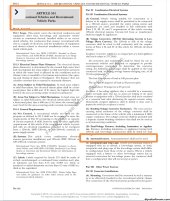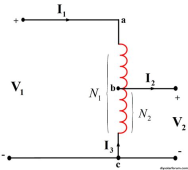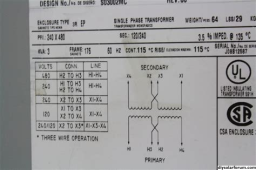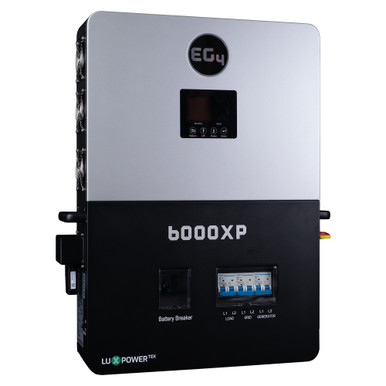is there any reason other all-in-one inverter can not support the high DC-PV input from an EV's high DC ? it seems the main requirement is the inverter's ability to limit the incoming current via the battery charging max current setting.
Am using an 5000-w auto-transformer to get 120vac from the 240vac all-in-one. This particular transformer can accept a few different inputs (220,240,...) and was getting a hum when the connection was not balanced (center tap for Neutral was not exactly in the middle). Now with the correct center-tap, no more hum. It's important to use a fuse/circuit breaker between the inverter 240vac output and the transformer though.
Am using an 5000-w auto-transformer to get 120vac from the 240vac all-in-one. This particular transformer can accept a few different inputs (220,240,...) and was getting a hum when the connection was not balanced (center tap for Neutral was not exactly in the middle). Now with the correct center-tap, no more hum. It's important to use a fuse/circuit breaker between the inverter 240vac output and the transformer though.











